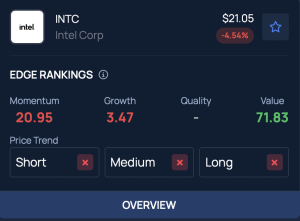Byte-Sized AI is a bi-weekly column that covers all things artificial intelligence—from startup funding, to newly inked partnerships, to just-launched, AI-powered capabilities from major retailers, software providers and supply chain players.
Sereact, a German startup building AI software for logistics robotics, announced Monday that it had raised a €25 million ($26.2 million) Series A round, led by Creandum. The round also saw participation from firms Point Nine and Air Street Capital and angel investors like Mehdi Ghissassi, formerly of Google DeepMind; Rubin Ritter, formerly of Zalando and others.
More from Sourcing Journal
Sereact’s software is hardware agnostic, which means it should have the ability to integrate with clients’ existing robots and systems. The technology is designed to enable robots to understand, process and adapt to their environments in real time, with little human direction or intervention.
Ralf Gulde, CEO and co-founder of Sereact, said that differentiation sets the company’s technology apart from other providers.
“With our technology, robots act situationally rather than following rigidly programmed sequences. They adapt to dynamic tasks in real-time, enabling an unprecedented level of autonomy,” Gulde said in a statement.
Current clients include Daimler Truck and e-commerce company Bol.
The company plans to use the funds to support additional types of robots, like humanoids and mobile robots. It will also work to develop AI-based solutions that extend outside the logistics and manufacturing industries.
While much of its business is currently done in Europe, Sereact also plans to use the money to expand further into the U.S. and grow its headcount, though it did not specify by how much or in which business units.
Overhaul, an Austin, Tex.-based supply chain intelligence company, announced this month that it had released a fraud-fighting tool it calls Overhaul FraudWatch.
The tool uses AI scoring to check for indicators of fraud from carriers. It also sends immediate notifications to clients if an unauthorized party gains control of a shipment, or if it detects “suspicious double brokering.”
It does so by combining internal data about identifiably fraudulent brokers with intelligence from law enforcement networks tracking organized theft and patterns of fraud.



